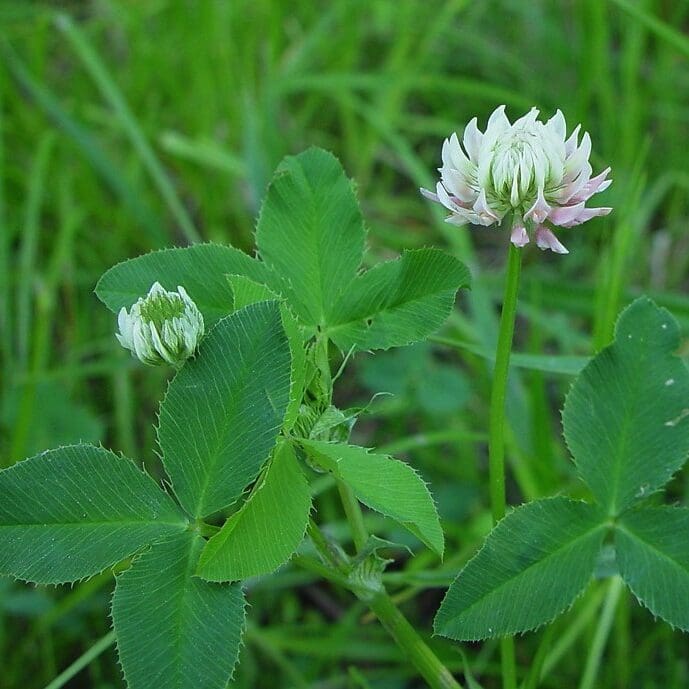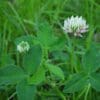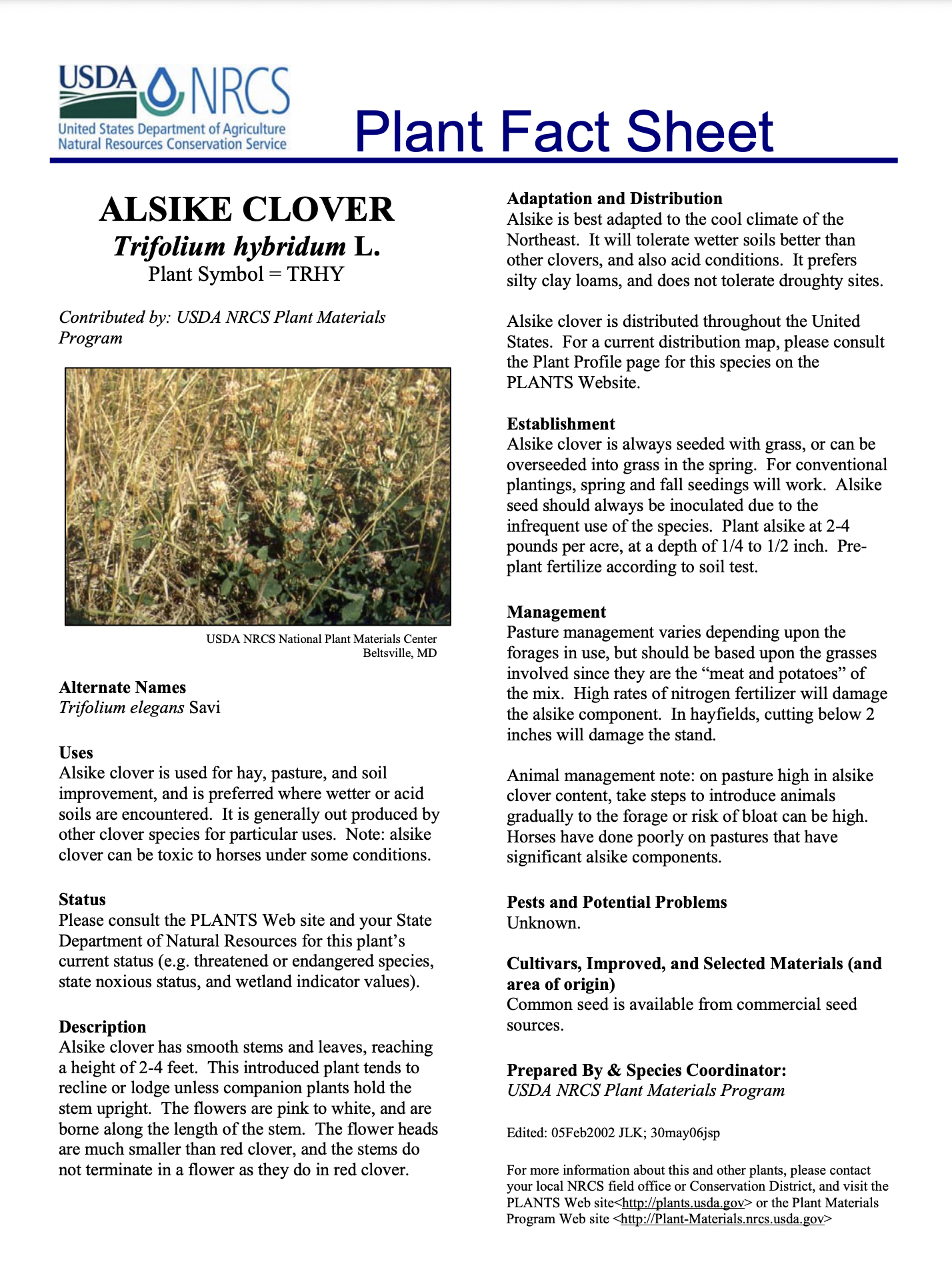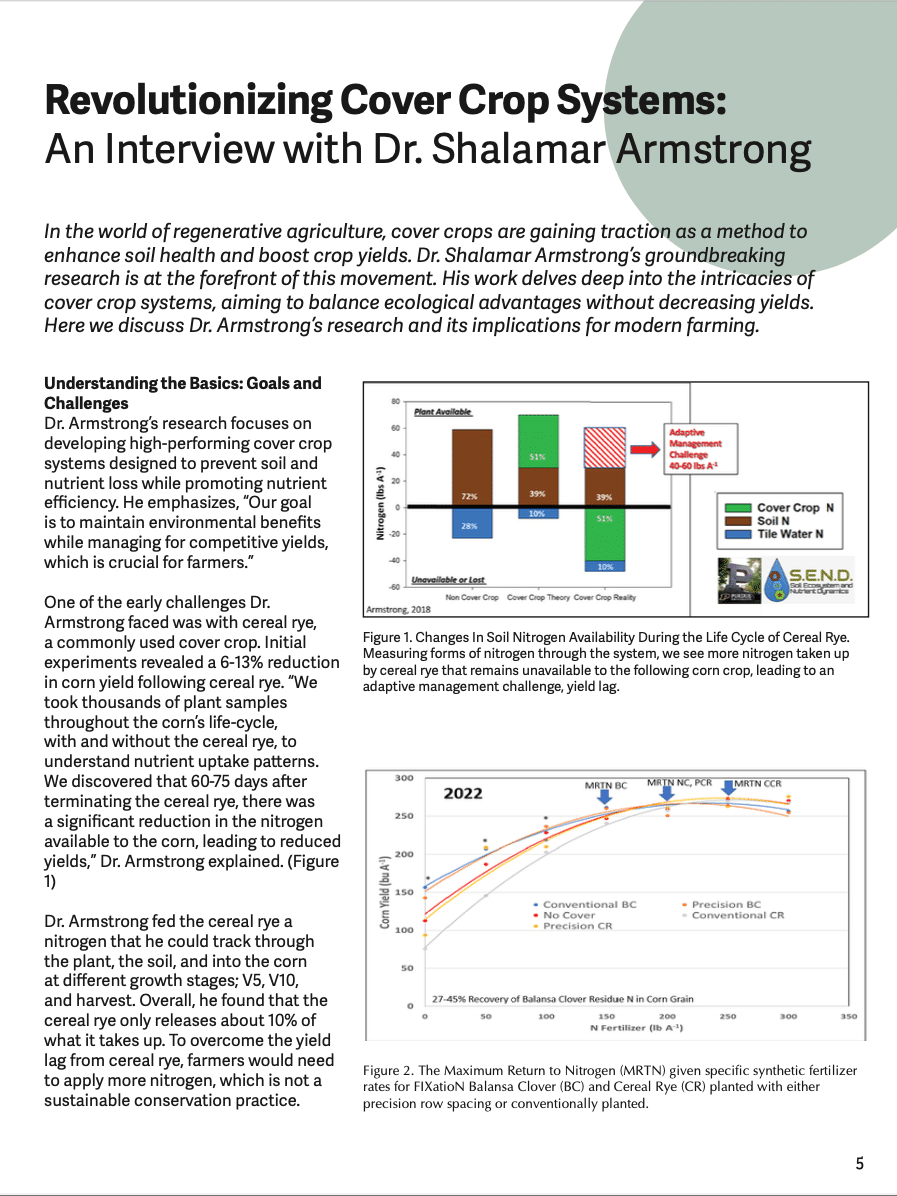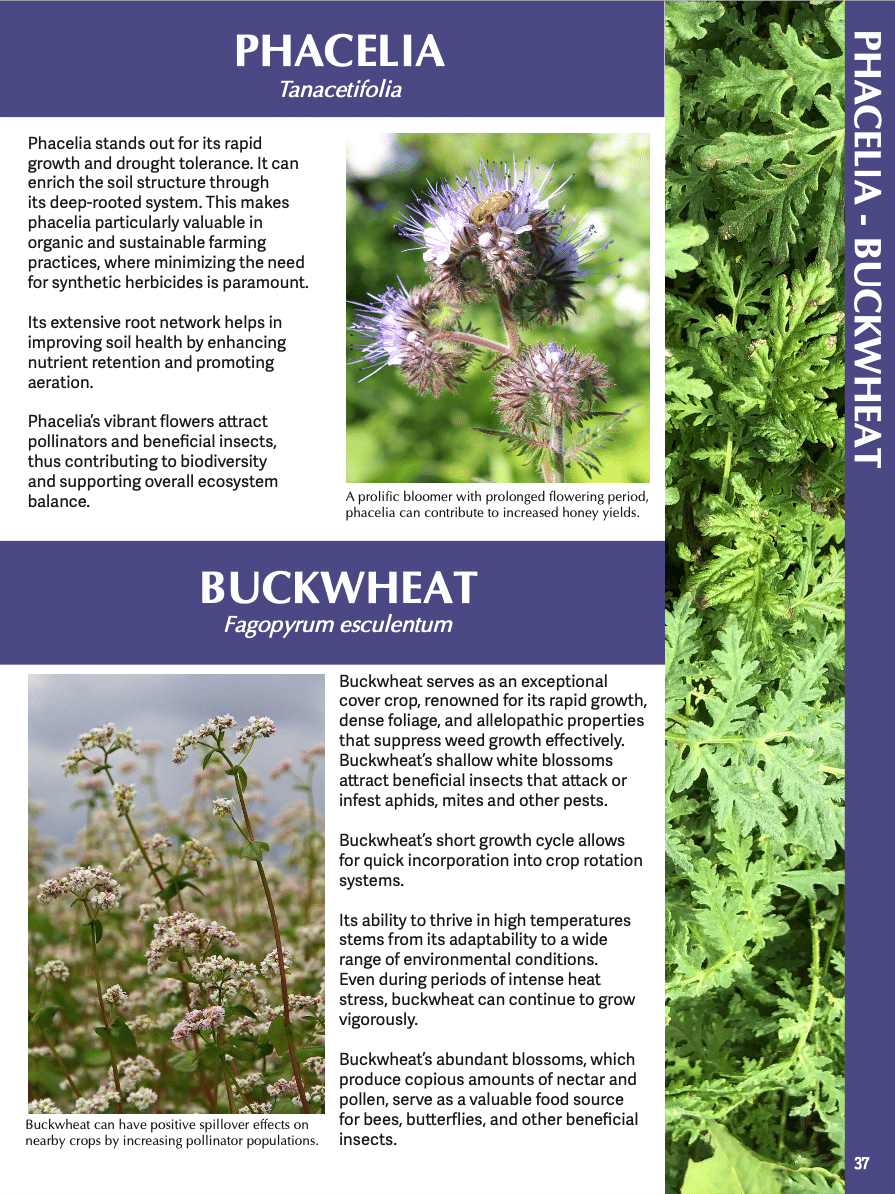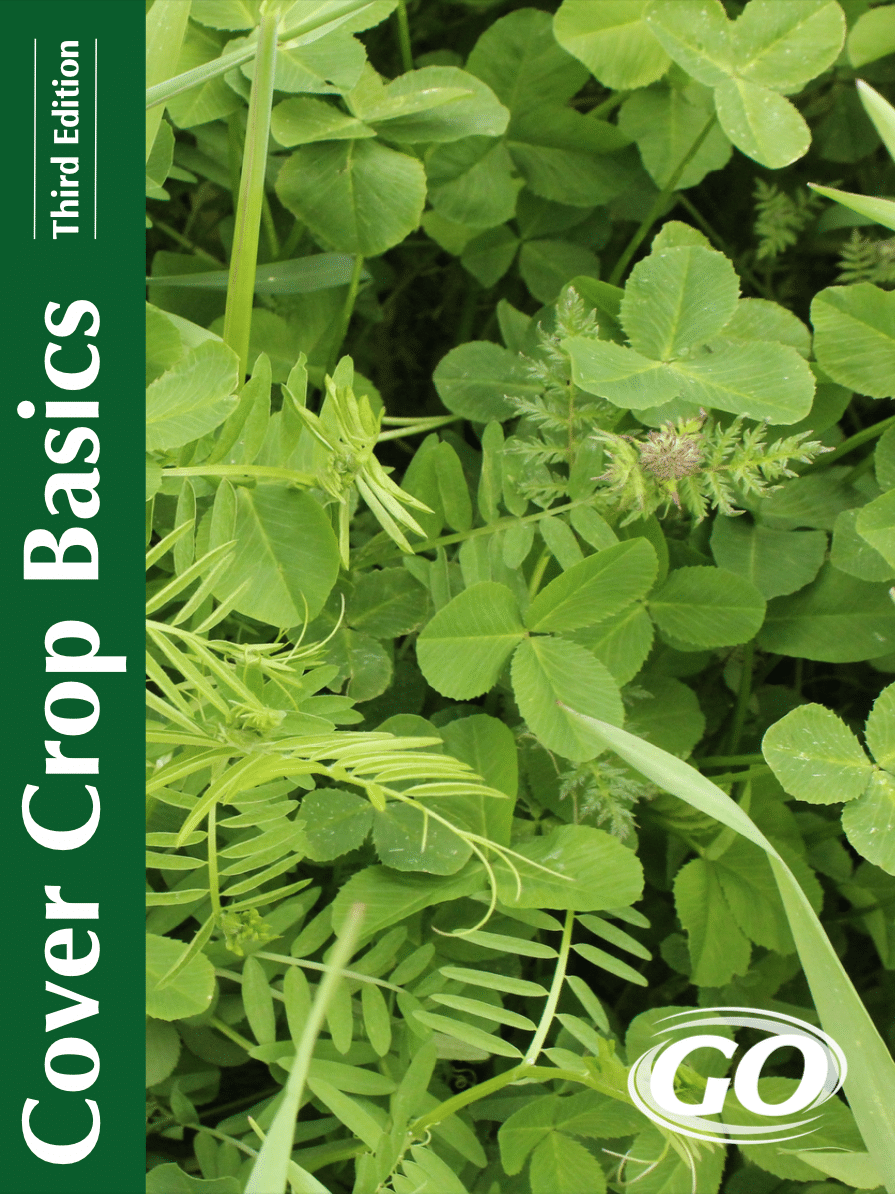Alsike Clover
- Scientific name: Trifolium hybridum
- Grows well in northern latitudes and at high elevations
- Survives severe winters
- Performs best where summers are cool
- Prefers soils too acidic and too wet for other clover
- Does not tolerate droughty sites
- Tolerate waterlogged soil and withstands flooding
- Is not shade tolerant like red clover
Alsike Clover (Trifolium hybridum) is an introduced, short-lived, non-creeping perennial with a growth habit similar to red clover. It is believed to have originated from near the village of Alsike in central Sweden. It has been grown extensively in Europe since the early 1800’s and was introduced to North America around 1840.
Alsike is adapted to a wide range of soil types and grows well in northern latitudes and at high elevations. It survives severe winters and performs best where summers are cool. It grows well on soils that are too acidic for red clover (pH < 6.0) and can tolerate more alkalinity than most clovers. It will tolerate wetter soils better than other clovers. It prefers silty clay loams where moisture is sufficient throughout the growing season (mean annual precipitation 18 inches or more) or can be supplied by irrigation. Alsike clover does not tolerate droughty sites but will tolerate soils that are completely waterlogged and will withstand spring flooding up to 6 weeks. It is not shade tolerant. It is usually seeded with grass, or can be overseeded into grass in the spring. For conventional plantings, spring and fall seedings will work. Alsike seed should always be inoculated due to the infrequent use of the species. Plant alsike at 2-4 pounds per acre, at a depth of 1/4 to 1/2 inch. Pre- plant fertilize according to soil test.
Alsike is usually planted with grasses for pasture and hay in areas where other higher yielding legumes are not adapted. Pure stands of alsike clover should be harvested for hay when in full bloom. However, there may be many heads with ripe seed when a field is in full bloom. Despite the presence of some mature heads, the fine stems of alsike clover keep growing and do not harden quickly. This will allow for harvesting nutritious hay over an extended time but it should not be allowed to become too ripe. The presence of ripe seed in hay that is cut too late often causes slobbering in horses. Straw from seed production or late cutting hay makes fair winter feed for sheep, foals and young cattle.
Alsike clover is commonly used in a mixture with timothy and is also compatible with brome grasses. Avoid planting alsike clover with tall- statured grasses as it is not tolerant of shade. Grasses minimize the lodging of alsike clover by helping to keep it upright. Grass also helps to keep the clover from packing after cutting and allows air to penetrate the windrow, resulting in more rapid and thorough drying.
Many wildlife species use legumes and are attracted to the early green up to help them recover from the stress of winter. It is not particularly noted for providing wildlife cover or food. The flowers are especially attractive to bees, especially honey bees for the nectar and pollen. See our Honey Bee Flower Mix.
WARNING: This clover has a tendency to cause bloat and should be fed to livestock with care. Take steps to introduce animals gradually to the forage or risk of bloat can be high. It has also been implicated as causing “alsike clover poisoning” in horses but existing experimental evidence is insufficient to prove that such a poisoning exists caused by alsike clover. Alsike-induced photosensitization has been reported among animals grazing alsike clover. This will occur in bright, sunny weather and causes a reddening of the skin and swelling of the affected areas in horses.
Alsike Clover NRCS Plant Guide and Fact Sheet
Alsike Clover NRCS Plant Guide and Fact Sheet
PDF version of NRCS Plant Guide & Fact Sheet
Prepared By & Species Coordinator: USDA NRCS Plant Materials Program
Cover Crop Basics
An informative, authoritative guide to cover crops. Very comprehensive, and covers all geographic regions of the USA. Published by GO Seed.
Who is Great Basin Seed?
Great Basin Seed is a seed company that specializes in seed sales and consultation for home, ranch, farm, range and reclamation. We have been a leader in the seed industry since 1974.
Our History
We've been in the seed business since 1974.
What We Offer
We offer seed for home, farm, ranch, range and reclamation projects.
Meet the Gang
We have the best employees in the world! We are proud of the work they do, and trust them to serve you!
Right: Company founder Lloyd and his wife Paula Stevens in a wildflower seed production field circa 1977
Helpful Links
Additional information about this product can be found on the academic websites linked below.
Synonyms
Many plants have more than one common and scientific name. We've listed a few of them below.
- Alsike Clover
- Trifolium hybridum
Quick Plant Facts
| Common Name: | Alsike Clover |
|---|---|
| Scientific Name: | |
| Lifespan: | |
| Plant Type: | |
| Min. Precipitation | 12-24 Inches |
| Seed Count | 680000 |
| Sowing Rate | 2-4 lbs PLS per acre |
| Max Sowing Depth: | |
| Growth Height: | |
| Root Form | Bunchgrass |
| Origin: | |
| Sun & Shade Tolerance: | Full Sun, Shade Intolerant |
| pH Tolerance: |
